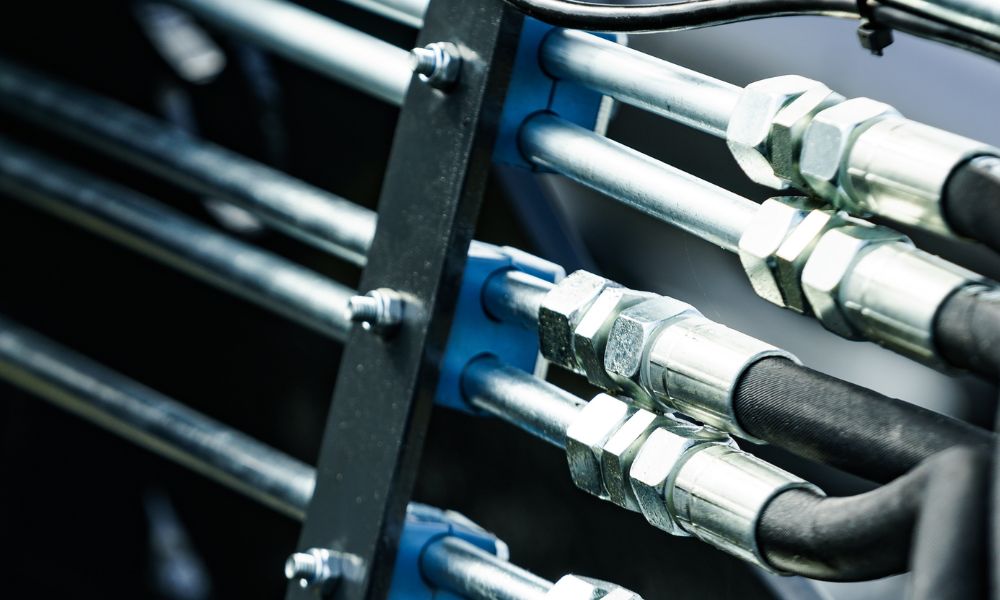
We always want the most value out of our purchases, whether buying a car, clothes, or hydraulic hoses. The best way to extract the most value is to prolong its longevity, so to help, we’ve compiled some tips on how to make your hydraulic hoses last longer below.
Frequent Visual Inspections
The most obvious but perhaps the most important way to ensure hydraulic hoses last is by inspecting them regularly. Even if you haven’t noticed any issues with the hoses or system, hydraulic hoses can start to physically exhibit signs of deterioration before they begin to cause problems. These signs include:
- Leaks
- Signs of cracks
- Corrosion in fittings
- Charred surfaces
- Abrasions to covers
- Crusted or twisted parts of the hose
These are clear warning signs that the hoses and system are beginning to deteriorate or are close to failing. But if you catch them early enough in a visual inspection, you can correct them quickly and avoid more significant problems. Typically, you should replace a hydraulic hose about every 5 years. But some last as long as 10 years, so keep a closer eye on hoses that are approaching or past their typical life span.
Conduct Functionality Tests
Along with regular visual inspections, it’s wise to conduct frequent functionality tests for the hoses and system. A functionality test is useful because it operates the hoses at their maximum rated working pressure.
Smaller issues like cracks and leaks become more apparent and easier to spot by pushing the hydraulic hose to the limit. Functionality tests won’t cause greater issues, but they will help owners find smaller problems that could turn into larger issues quickly.
Keep Spare Hoses & Parts on Hand
As well maintained as hydraulic hoses may be, cracks, leaks, or other small problems are bound to arise. But when the small issues appear, you don’t want the entire system or production process to grind to a halt from a minor hose or part malfunction.
To better preserve the hose and keep the system functional, you should always have an inventory of spare hoses, fittings, and other parts available when a quick fix is necessary. The faster the part is replaced or fixed, the better condition the hose will be in, and the less time you’ll lose.
Conclusion
As you can see, most of our tips about making hydraulic hoses last longer are about vigilance—cracks and leaks can appear suddenly and disrupt the entire system. The only way to ensure your hoses stay active and correct longer is to keep a close eye on them and fix any problems immediately.
